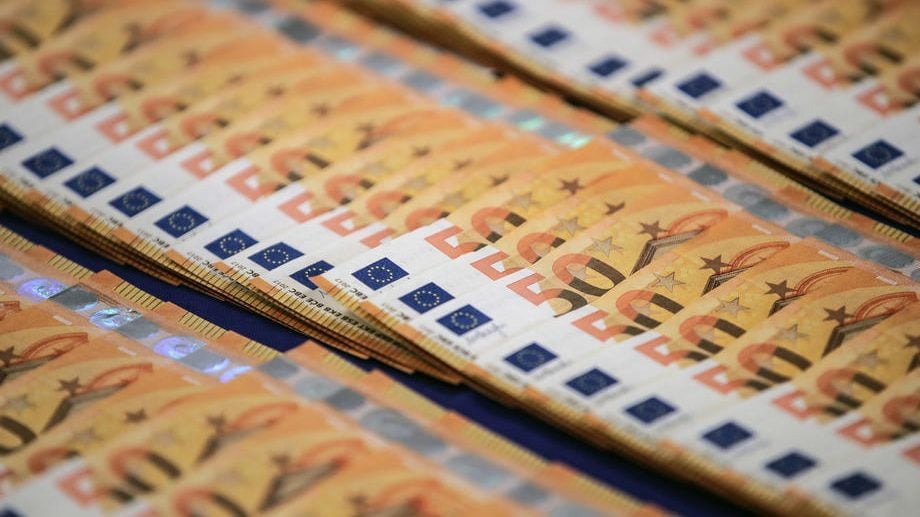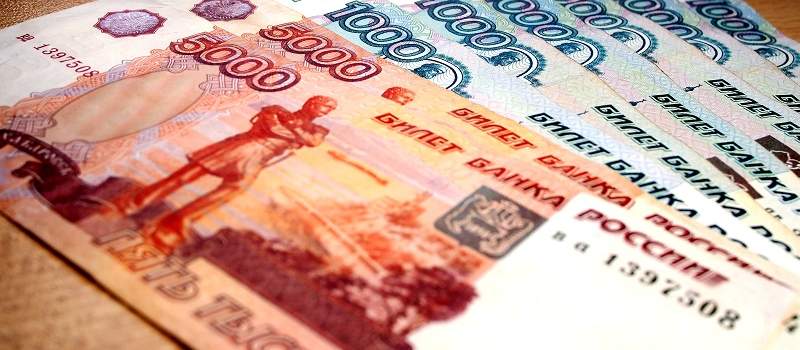Over the past two years, the Federal Reserve, the European Central Bank, the Bank of Japan and the Bank of England collectively printed over US$11 trillion (about 26% of their GDP), more than double the amount which was printed after the GFC in half of the time.
These four central banks cut rates to (or below) zero. Money became literally free and enormous quantities of it were (and still are) floating around. Governments availed themselves of this free money and spent more in 2020-21 than at any time since World War II.The combination has been explosive for economies and markets, particularly because the Fed can print money, but cannot control where it goes. All this is now reversing. Most central banks are already tapering their bond purchases or are about to.
A few have started raising rates – most recently the Bank of England. For its part, the Fed has started tapering quantitative easing (QE) purchases, expects to raise rates three times in 2022, and is even starting to discuss QT (quantitative tightening
, i.e. shrinking its enormous nearly $9 trillion balance sheet). Free money has been an elixir for markets. What happens when money is no longer free? In the ten years before COVID-19 hit, U.S. and global stocks rose in one of the biggest and longest bull markets of the past century. But interestingly stocks did not show signs of generalized frothiness usually associated with long bull markets.
Then in the eighteen months following the COVID-19 low in March 2020, from a near standstill, most market participants caught the bid and pushed almost every measure of speculative enthusiasm to record levels: IPO funds raised went
from $32 billion annually from 2009 to 2019 to a record $262 billion in 2021 (nearly four times the 2000 record of $65bn).8 M&A activity went from $1.25 trillion annually in the last decade to $2.75 trillion in 2021. Inflows into equity mutual funds and ETFs
reached $1 trillion in 2021, more than the past twenty years combined and significantly exceeding 2000’s $312 billion. Margin debt has doubled from the average of the past five years to reach more than 2% of GDP, much higher than the 2000’s when it was 1.4% of GDP.
The meme stock craze of early 2020 has ebbed with many stocks down -50% from their peaks, but their market caps are still 10 to 20 times higher than pre-COVID-19 levels in 2019 despite revenues down 20 to 50% and no profits.
History shows that these speculative manias tend not to last much more than eighteen months, and are followed by market corrections greater than -40%, unwinding almost all of the bubble’s gains.
Highly speculative and expensive assets are most at risk: the crypto ecosystem, retail/ meme stocks, no-profits stocks, hypergrowth high-multiple stocks and probably growth stocks in general.
There are already indications that some of the bubbliest areas in the market have burst, though the overall market continues near all time highs, powered by an increasingly small number of mega-cap stocks. Possible catalysts for a more generalized market correction include
The End of Free Money, the fiscal cliff and Stagflation. Or it may just be that stock market optimism and expectations are so high that they are very unlikely to ever be met. (MS)




